© Turkuvaz Haberleşme ve Yayıncılık 2026
A magnitude 5.9 earthquake shook Türkiye's northern province of Düzce early Wednesday. The earthquake was first reported as having a magnitude of 6.0 before it was revised later. The tremors were felt as far as Istanbul, more than 200 kilometers (124 miles) away, and other cities in the region. Frightened residents of Düzce rushed to the streets and spent the rest of the night outside. One person sustained fatal injuries while exiting his house in panic in the village of Düzce. The victim was a 47-year-old man who succumbed to a head wound he suffered when he tripped and hit his head on the stairs while fleeing his home. Authorities said 93 people were injured in the earthquake, which caused damage to some buildings though none entirely collapsed according to initial assessments. Most injuries were the result of frightened people jumping from windows. Most injuries were in Düzce while , injuries were also reported in Istanbul and the northern provinces of Bolu and Zonguldak, located closer to Düzce. Search and rescue crews were sent to the region and emergency workers distributed blankets to people afraid of returning to their homes.
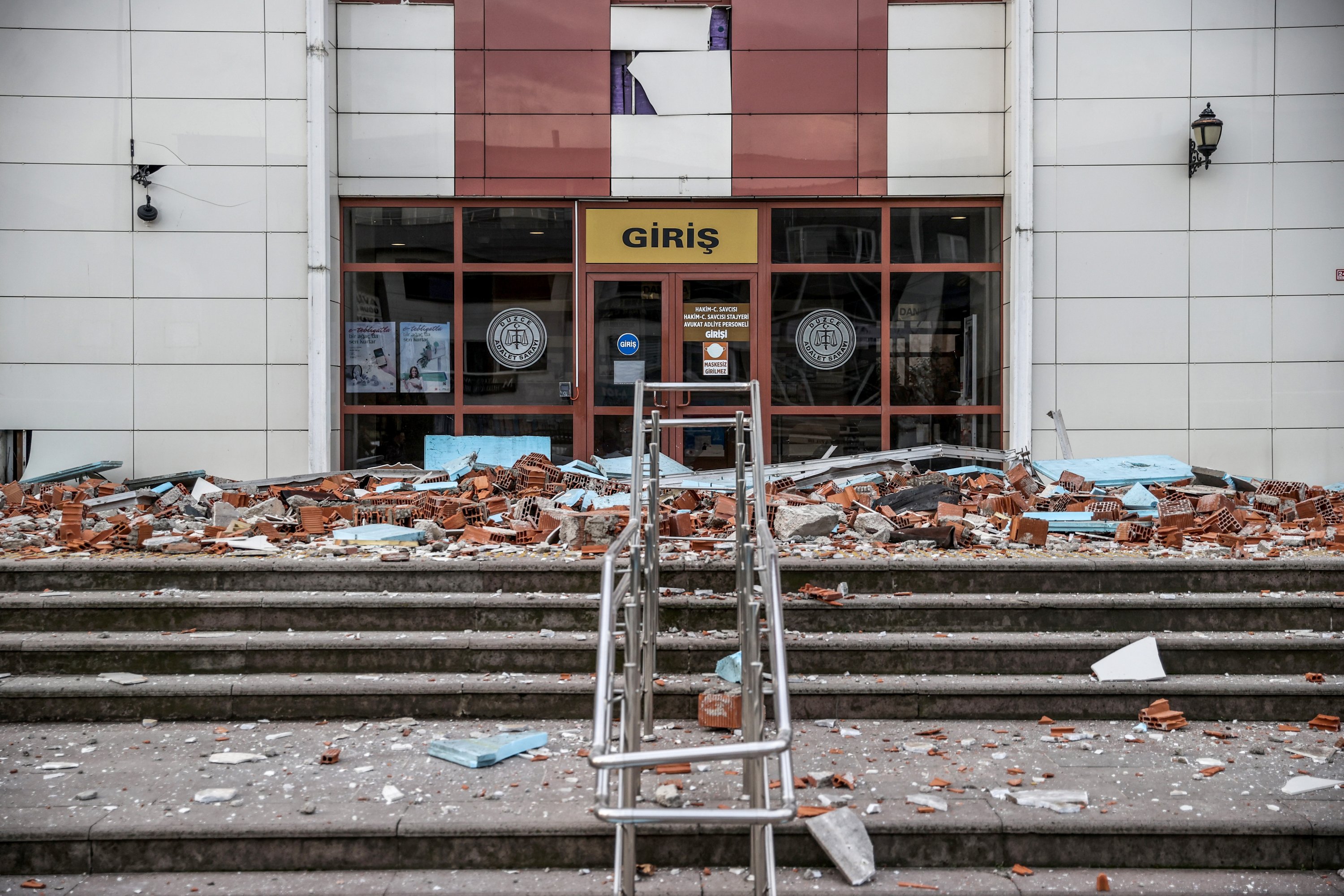
"The treatment of 26 of the injured continues at hospitals. Apart from a severely injured patient, the general condition of our citizens is good. They do not have any serious problems," Health Minister Fahrettin Koca told reporters in the capital Ankara. He said a 28-year-old Afghan national suffered a cerebral hemorrhage after falling from the first floor during the earthquake, and he is currently connected to a respirator in serious condition.
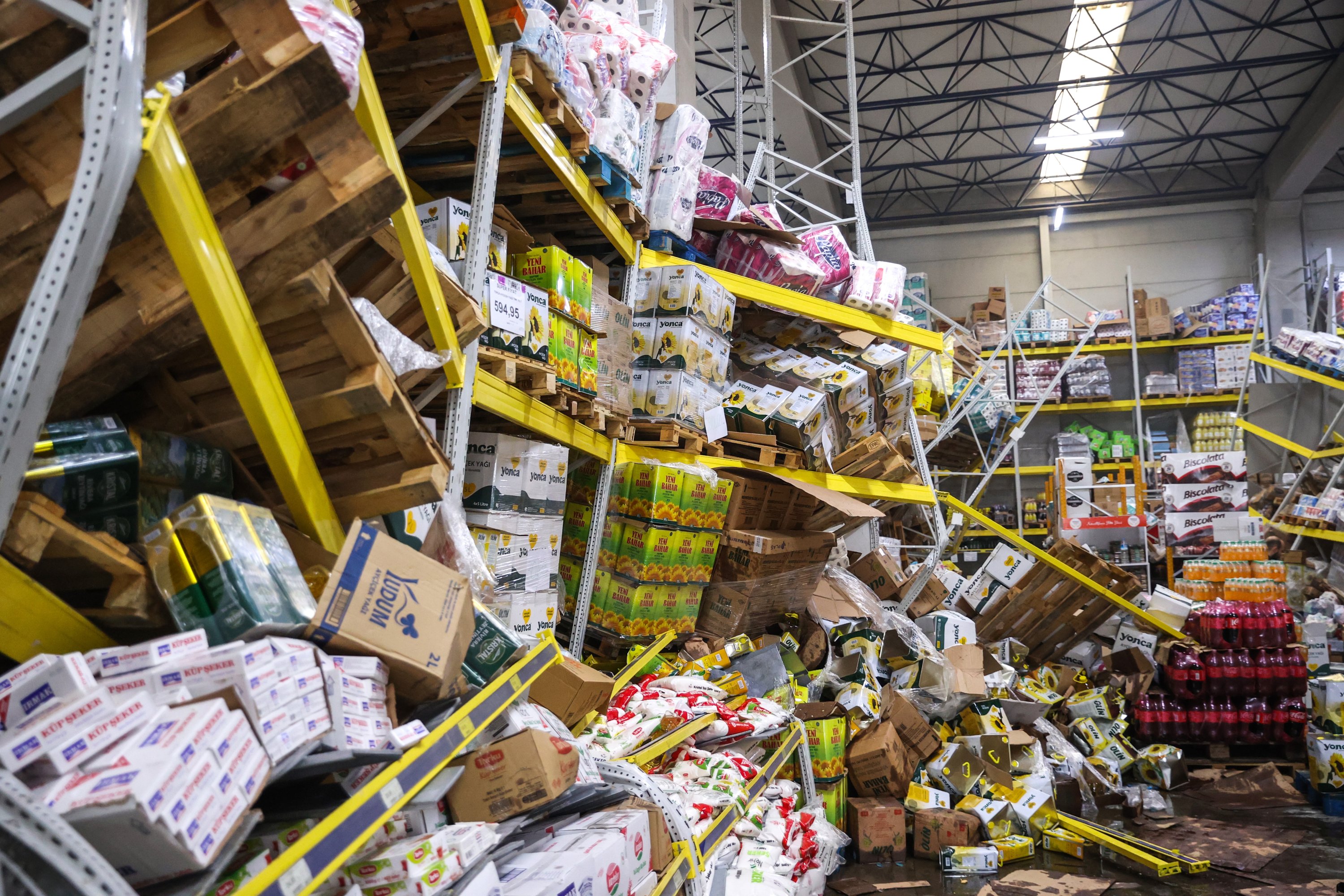
The Disaster and Emergency Management Authority (AFAD) tweeted on its official account that the earthquake's epicenter was located in Düzce's Gölyaka district and struck at 4:08 a.m., at a depth of 6.81 kilometers (4.2 miles) while the magnitude was later revised to 6.0 by the Istanbul-based Boğaziçi University Kandilli Observatory and Earthquake Research Institute. It lasted for about 40 seconds. AFAD also reported at least 116 aftershocks following the earthquake. The biggest of them was at a magnitude of 4.3.
Addressing his ruling Justice and Development Party's (AK Party) parliamentary group meeting, President Recep Tayyip Erdoğan said although the earthquake caused damage to many buildings in the region, "We have not seen significant destruction or losses." He said all public agencies were working to examine the damage, reparations and compensation for losses. "This earthquake showed us how close we live to earthquake zones and the need to speed up work for preparedness for earthquakes," he said. He added that the government has been working for the past two decades to expand its capacity to respond to disasters and renew Türkiye's infrastructure to be more durable during earthquakes, including an ambitious urban transformation project, to replace old, decrepit buildings with new, sturdy ones.

Düzce Mayor Faruk Özlü confirmed that there were no reported fatalities and that the earthquake caused a power outage in the province. Interior Minister Süleyman Soylu, who visited the area in the aftermath of the earthquake, said that emergency services were on alert and that teams were continuing to survey the affected region. Speaking to reporters in Düzce after the earthquake, Soylu said the power outages were "controlled shutdowns" and that power had been restored to some neighborhoods. Soylu said crews were also checking the villages further from densely populated areas for damage and casualties and so far, only a few livestock stables were found to have collapsed.
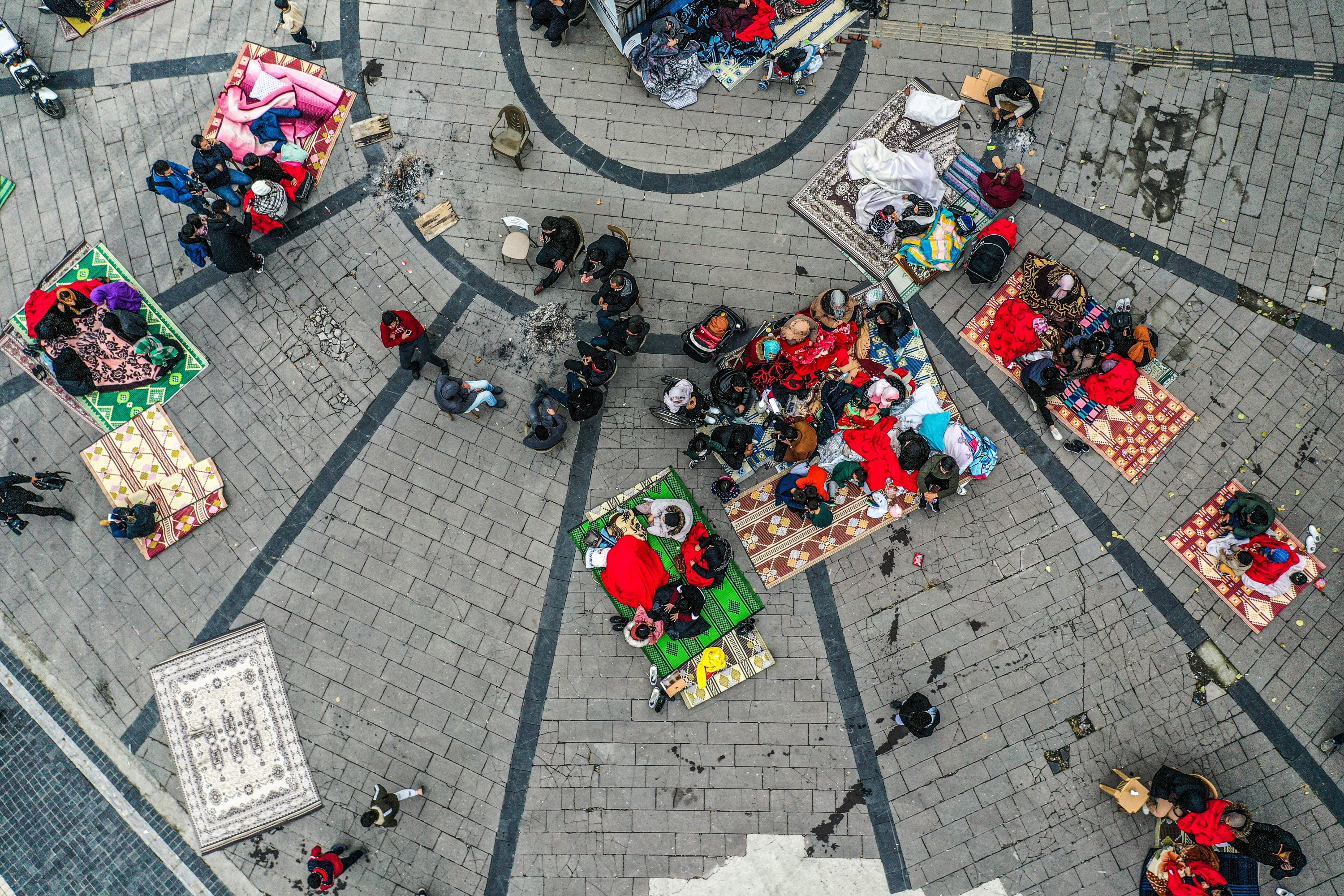
"Crews will check some 8,000 residences for damage," Soylu said. Schools in the region and some factories announced shutdowns following the earthquake.
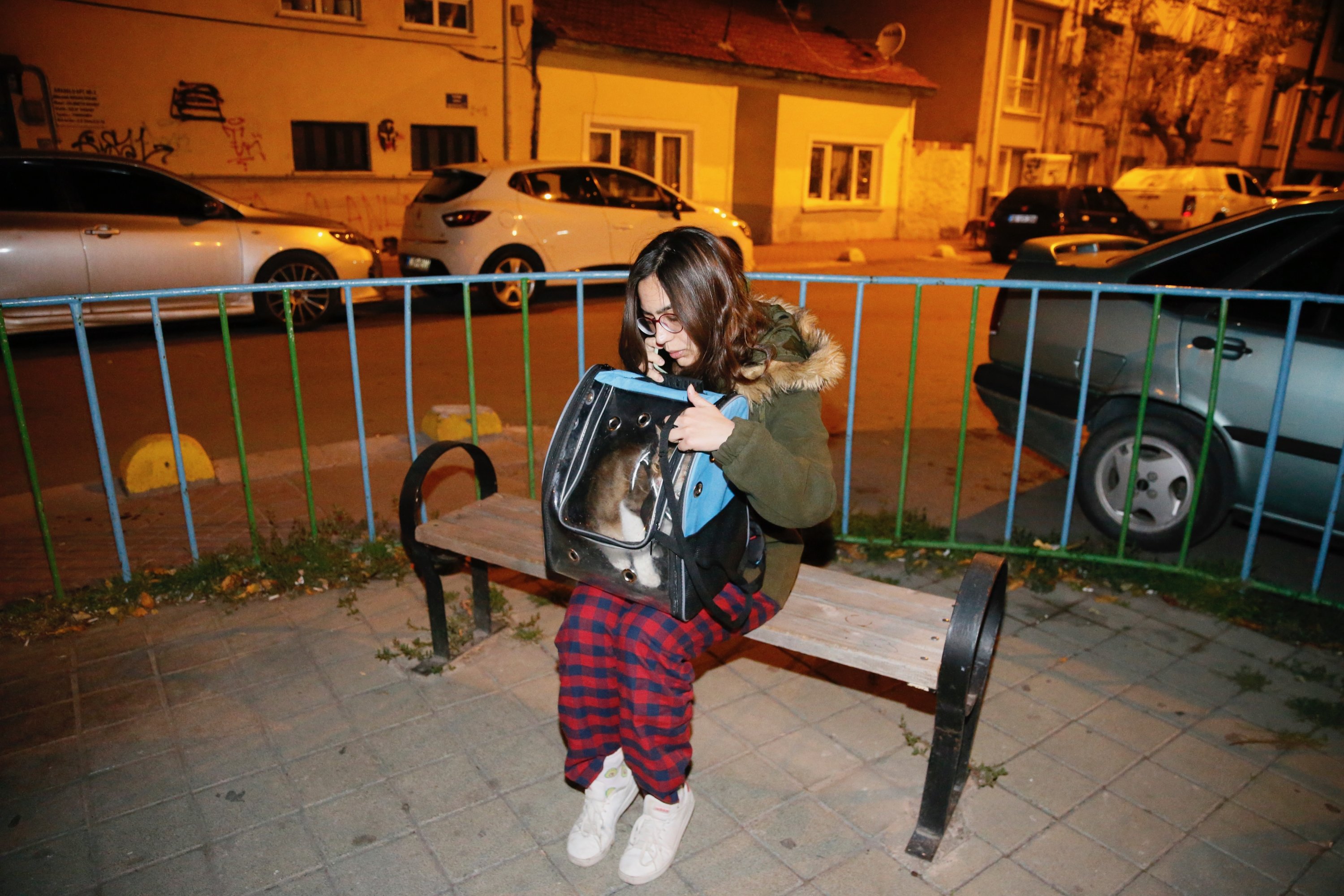
For most locals, it was a scary moment that reminded them of past disasters. On Nov. 12, 1999, Düzce was rocked by a 7.1 magnitude earthquake that lasted 30 seconds, killing 710 people and injuring 2,679. Düzce earthquake came after the Aug. 17, 1999 earthquake that hit Türkiye's northwestern city of Izmit and killed 18,373 people and injured 23,781 with its 7.6 magnitude tremor, according to official figures from AFAD. It was the worst earthquake in the past two decades. On the anniversary of the earthquake this year, a nationwide earthquake preparedness drill was held.
Aylin Bostan, who joined a large crowd of people who converged in Gölyaka's main square and were afraid of going back home, recalled the moments of horror. Bostan was awake at the time of the earthquake and felt the tremors, which also knocked out the power. "I woke up my sisters but I felt everyone was shaking. I cried a lot. I had a nervous breakdown," she told Anadolu Agency (AA).
Birgül Bal, another scared local, said the earthquake knocked down furniture in her home. "It was the first time I witnessed such an earthquake. I was still a kid in the 1999 earthquake and don't remember much. But this one was very strong. I could not do anything for a while. Then, in panic, I ran out," she said.
Elif Balay said she was asleep and woke up when she heard a terrible noise. "We ran downstairs and left home but it was still shaking. It was very bad," she said.
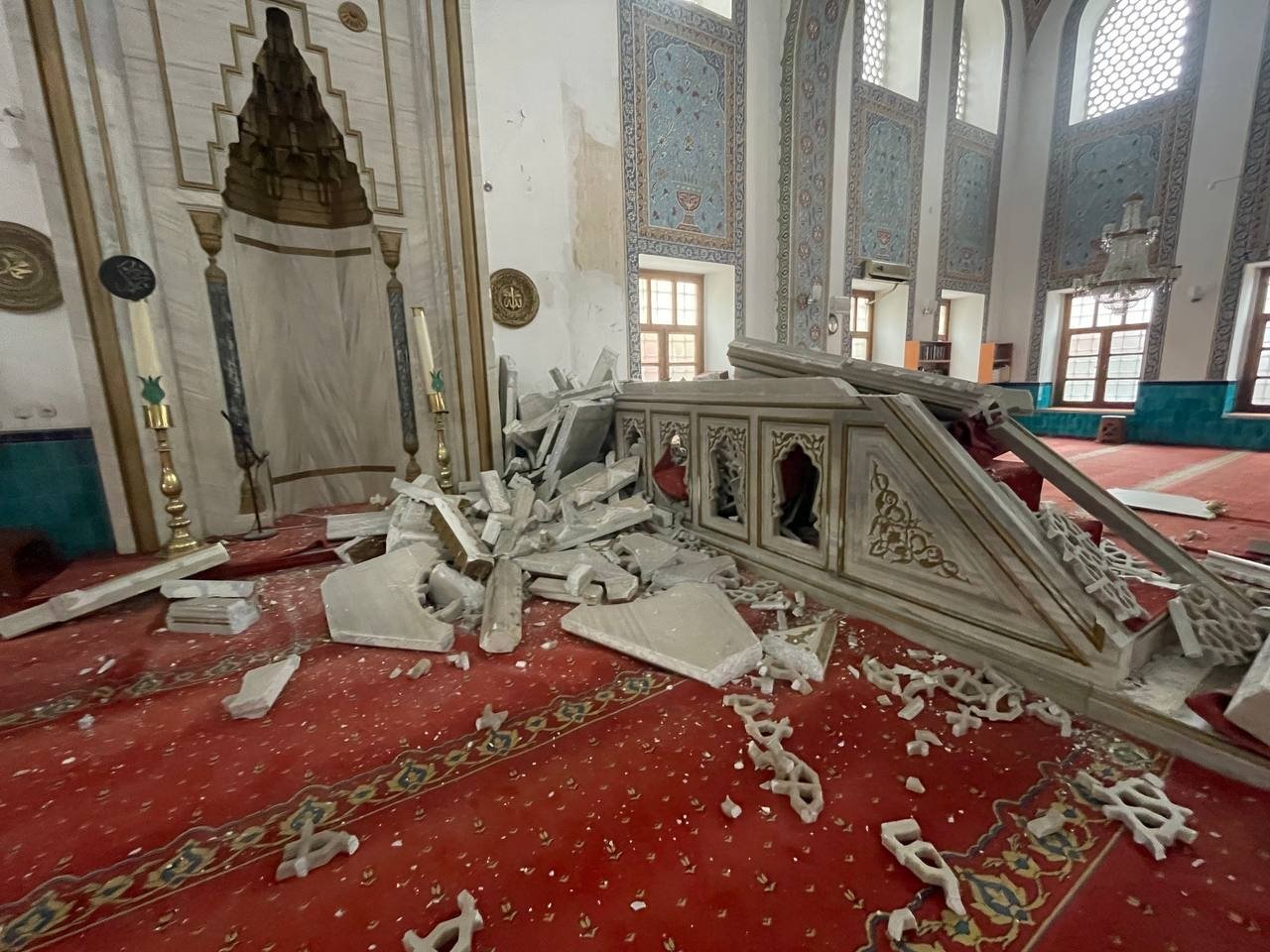
Arzu Şentürk lives in a four-story apartment building damaged in the earthquake and says it was the first time she has seen such a big earthquake. "I now understand what people went through back in 1999. I can't speak much still. I feel like I'm reliving it while talking about it." Şentürk said her husband comforted her and told her not to be scared. "My children were in another room and I heard them screaming "mom," "dad." I saw some furniture fall over, but I feel glad to be alive. We spent a cold night outside, but we are alive," she said.
Hatice Sepetçi was almost asleep when the earthquake hit. "I heard a noise. My husband woke up and told me that it was an earthquake. I heard a loud bang on the wall and my husband jumped on me, to protect me. I was screaming," she recalled. "He told me that we should run but I told him it could be worse. We waited for a while and when the tremors stopped, we left our home," Sepetçi said.
Boğaziçi University's Kandilli Observatory and Earthquake Research Institute described the earthquake as "a shallow one" and highlighted that Düzce and all its districts have already been categorized in "primary risk zones" for potential earthquakes since 1996. It said the risk of earthquakes was relatively higher in Düzce compared to other provinces, pointing out the impact of the North Anatolia Fault Zone stretching across the area. The institute also reiterated that the region experienced major earthquakes of between 7.0 and 7.9 magnitudes between 1900 and 2021.

Associate professor Doğan Kalafat, an expert from the institute, told Demirören News Agency (DHA) that there was not a high risk of a new, high-magnitude earthquake in the near future, pointing out that an 8-kilometer-long piece of the fault line broke in the incident and "lost energy." He also dismissed the possibility of bigger earthquakes in regions west of Düzce, including Istanbul. "The Düzce earthquake stemmed from a different section of the North Anatolia Fault Zone," he noted.
Associate professor Ergin Ulutaş, a seismology expert from Kocaeli University, said Düzce was among the places with "high alluvial deposits" that loosen the ground. "Thus, even a minor earthquake means more impact," he told AA.
